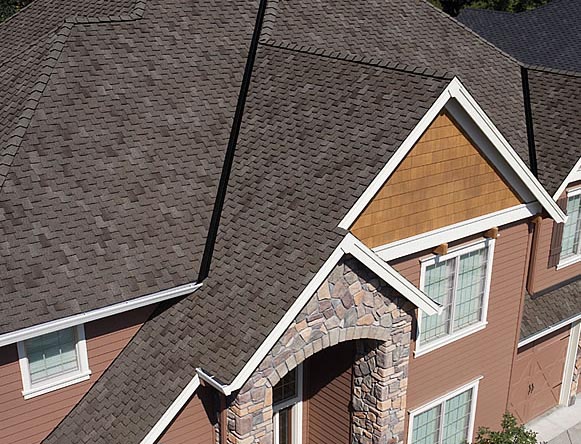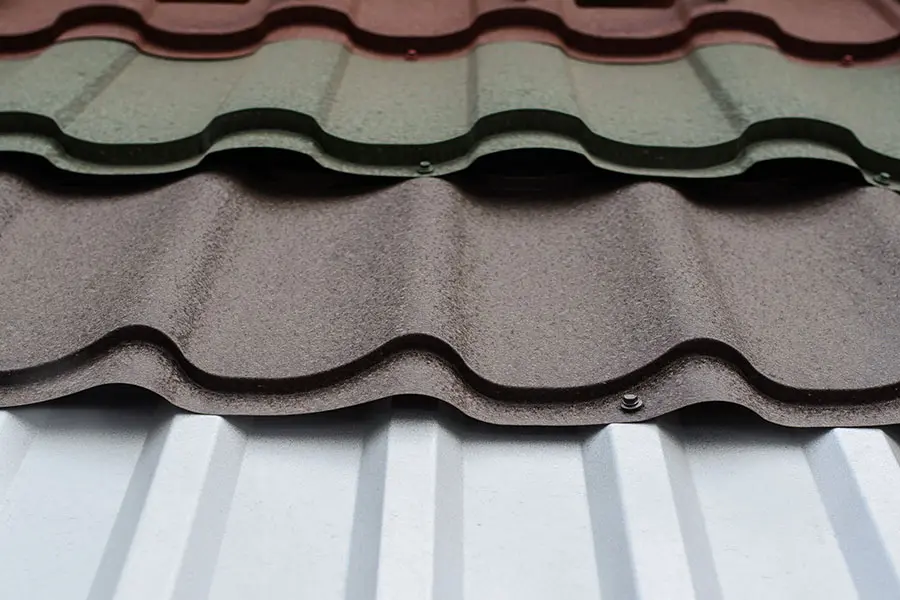The Importance of Selecting Skilled Roofing Companies Gainesville Florida
The Importance of Selecting Skilled Roofing Companies Gainesville Florida
Blog Article
Ideal Practices for Ensuring Appropriate Roof Covering Air Flow
A balanced intake and exhaust air vent proportion, generally 1:300, plays a crucial function, with intake vents preferably placed at the lower side of the roof covering for awesome air entrance and exhaust vents at the optimal for warm air exit. Maintaining insulation away from vents is vital to stop airflow constraint.
Understand Ventilation Basics
Properly comprehending ventilation essentials is crucial for making certain the long life and efficiency of roof systems. Efficient air flow minimizes wetness build-up and temperature level extremes in the attic, both of which can cause considerable architectural damages over time. A well-ventilated roof assists in avoiding common concerns such as mold and mildew growth, wood rot, and ice dams, which can endanger the honesty of the roof materials and the underlying structures.
The key objective of air flow is to help with the movement of air, enabling a consistent exchange between the indoor and outside settings. This equilibrium is achieved via a combination of intake and exhaust vents that interact to preserve optimal air movement. Consumption vents, commonly situated along the eaves or soffits, enable fresh air to enter the attic area, while exhaust vents, usually situated at or near the roofing system ridge, make it possible for hot, moist air to run away.
Secret elements affecting the efficiency of roof air flow consist of proper positioning, ample sizing, and guaranteeing that both consumption and exhaust vents are unobstructed. Routine evaluation and upkeep are crucial to recognize potential clogs, damage, or inefficiencies in the ventilation system, therefore protecting the roofing system's efficiency and durability.
Sorts Of Roofing System Vents
Roofing vents play an essential function in preserving effective attic air flow and, by extension, the total health of the roof system. Various kinds of roofing vents are offered, each with special benefits customized to certain roof requirements.

Soffit vents are installed under the eaves and operate in tandem with roofing vents to ensure a balanced consumption and exhaust system. By allowing cooler air to enter from below, soffit vents facilitate the expulsion of warm air through upper vents. Gable vents, situated on the outside walls of the attic, offer another efficient service, particularly in homes with gable roofs.
Assess Your Current Ventilation

Next, take into consideration the age and problem of your roof materials and air flow parts. Older systems might not follow present structure codes or may have worn away in time, minimizing their efficiency. Conduct a complete assessment to identify any indicators of deterioration, such as corrosion, damages, or voids that might jeopardize the system's performance.
Furthermore, gauge the attic more tips here temperature level and moisture degrees. High temperature levels and humidity can suggest insufficient ventilation - roofing companies in gainesville florida. Utilize a hygrometer and thermometer to get precise analyses, comparing them with outside problems. Consistent inconsistencies recommend prospective concerns that require attending to.
Setup Best Practices
Reliable installment of roof covering ventilation systems is critical for ensuring ideal efficiency and long life. Correct setup starts with understanding the certain air flow needs of the structure and the roof covering it covers. This involves determining the appropriate proportion of consumption to exhaust vents, usually adhering to the 1:300 rule, which stipulates one square foot of air flow for every single 300 square feet of attic room flooring space.

The positioning of vents is just as important. Consumption vents ought to be set up at the roof's reduced edge, frequently in the soffits, to allow trendy air to enter. Exhaust vents, on the other hand, ought to be set up near or at the roofing system's top to help with the exit of cozy, wet air. This develops a natural airflow that assists keep temperature level and moisture balance within the attic room.
Seal all vent connections meticulously to stop air leakages and prospective water infiltration. Use premium products and adhere to manufacturer standards to guarantee longevity and performance. In addition, incorporating ridge vents with baffles can considerably improve air flow effectiveness by preventing wind-driven rainfall and snow from entering the attic room.
Inevitably, exact installment of roof air flow systems reduces possible concerns such as mold and mildew development, ice dams, and architectural damage, making sure the roofing's stability and the building's general health and wellness.
Routine Upkeep Tips
Uniformity in upkeep methods is fundamental to guaranteeing the lasting effectiveness of roofing air flow systems. Routine inspections are crucial, ideally performed biannually-- in the spring and fall. Throughout these examinations, make certain that vents are without debris, nests, and other blockages that can restrain air movement. Look for any indicators of moisture build-up or mold, as these can show improper ventilation or leaks (gainesville fl roofing companies).
Cleaning the vents is an additional crucial job. Make use of a soft brush or a vacuum cleaner to eliminate dirt and debris from consumption and exhaust vents. Be mindful not to harm the air vent displays or louvers during the procedure. Additionally, check the attic space for any kind of indications of water damages, which could compromise the honesty of the roof.
Proper insulation is just as crucial. Make certain click here for more info that attic insulation does not obstruct the vents, as this can significantly limit airflow. Rearrange or change it to maintain a reliable barrier. if any type of insulation has changed or worked out.
Finally, replace any damaged or missing elements immediately. Busted vents, split roof shingles, or scrubby flashing can all add to insufficient ventilation and must be attended to right away. Routine upkeep makes sure that the roof air flow system works efficiently, consequently extending the life expectancy of the roof covering itself.
Final Thought
Making sure appropriate roof covering air flow is extremely important for keeping the effectiveness and longevity of a roof covering system. Adherence to the 1:300 intake my site and exhaust vent ratio, paired with the strategic placement of vents, is important.
A balanced consumption and exhaust vent proportion, generally 1:300, plays a pivotal function, with consumption vents preferably positioned at the lower edge of the roof covering for trendy air entrance and exhaust vents at the height for cozy air exit. Intake vents, typically located along the eaves or soffits, permit fresh air to enter the attic room area, while exhaust vents, commonly positioned at or near the roof ridge, allow hot, moist air to get away.
Soffit vents are set up under the eaves and job in tandem with roof vents to make certain a well balanced consumption and exhaust system. By enabling cooler air to get in from below, soffit vents facilitate the expulsion of hot air through upper vents. Adherence to the 1:300 intake and exhaust air vent ratio, coupled with the strategic placement of vents, is necessary.
Report this page